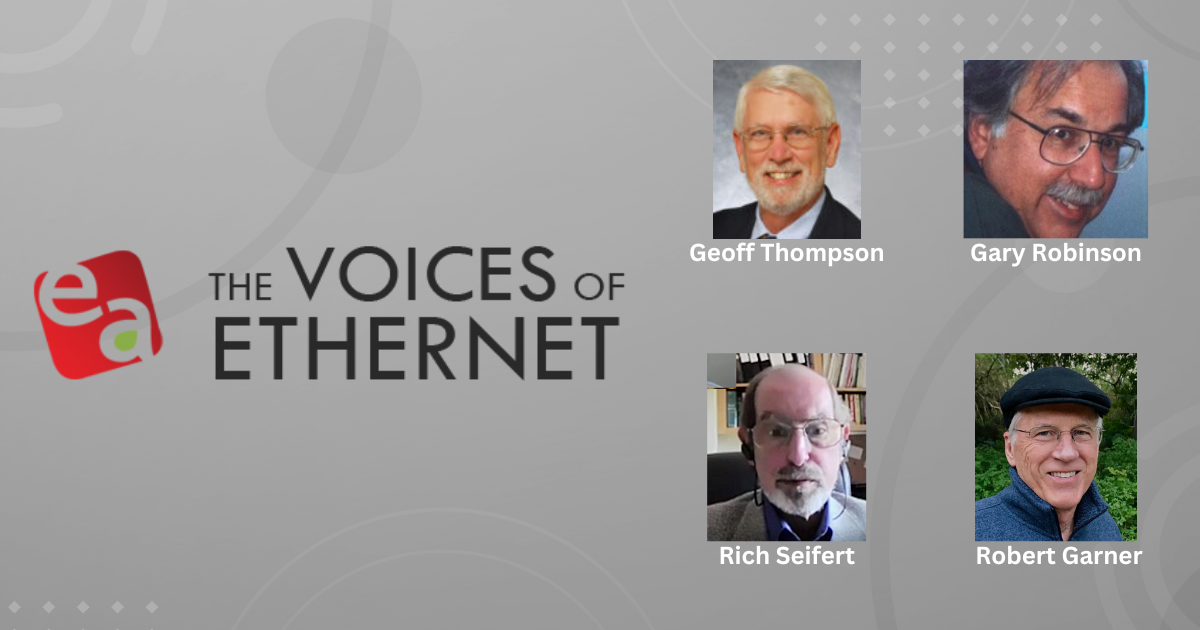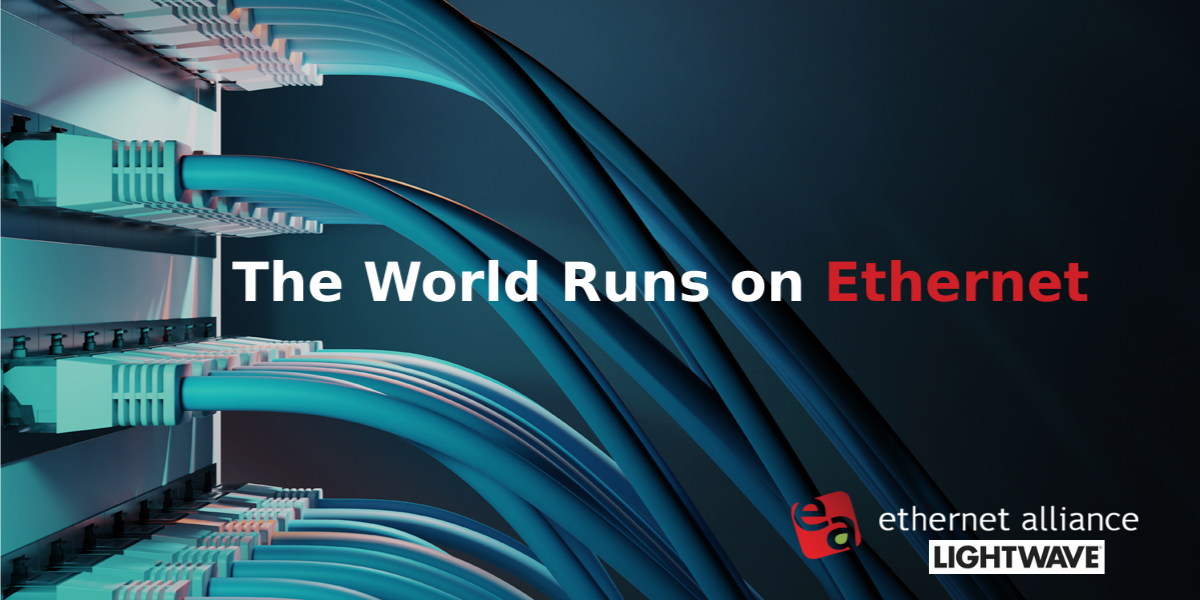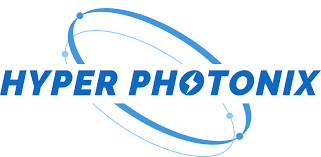Ethernet Alliance Touts Range of Simultaneous Advances for Global High-Speed Ethernet Community
Even as 100 Gb/s building blocks are extended, technology’s next-generation capabilities for 400 Gb/s Ethernet and beyond are being defined
BEAVERTON, OR, June 7, 2021 – The Ethernet Alliance, a global consortium dedicated to the continued success and advancement of Ethernet technologies, today reviewed the progress of recent standards activities with profound implications for the global high-speed Ethernet community. Web-scale data centers and varied service providers are among the users who stand to be most strongly impacted by the simultaneous advances:
- IEEE 802.3cu, 100 Gb/s and 400 Gb/s Operation over Single-Mode Fiber at 100 Gb/s per Wavelength, has been published. The new standard is designed to support a cost-effective, more power-efficient single-mode fiber interfaces for 100 Gigabit per second (Gb/s) and 400 Gb/s Ethernet networking using 100 Gb/s optical technology to reduce cost and increase density.
- IEEE P802.3ck, 100 Gb/s, 200 Gb/s, and 400 Gb/s Electrical Interfaces Based on 100 Gb/s Signaling, has progressed to the stage of working-group ballot. This standard, when completed, is intended to enable 100 Gb/s electrical interfaces and support development of higher-density or lower-cost electrical interfaces for 100, 200 or 400 Gb/s Ethernet.
- IEEE P802.3ct, 100 Gb/s Operation over DWDM (dense wavelength division multiplexing) systems, is complete and in final review before publication. The standard is significant as being the first Ethernet specification of coherent DWDM technology supporting 100 Gb/s connectivity over lengths of at least 80 kilometers. IEEE P802.3cw, 400 Gb/s Operation over DWDM (dense wavelength division multiplexing) systems, which is still in progress, extends the Ethernet specification for coherent DWDM technology to 400 Gb/s.
- Work of the IEEE 802.3 Beyond 400Gb/s Ethernet Study Group is underway, exploring objectives for initiating a new IEEE project to standardize capabilities exceeding today’s maximum Ethernet data rate of 400 Gb/s. Market potential and both economic and technical feasibility are among the concerns that are under consideration by the study group.
“It is gratifying to see so many of the innovations that were discussed and explored in the Technology Exploration Forum (TEF) 2021 and other Ethernet Alliance collaborative events now coming to fruition in concrete standards activities,” said Peter Jones, chair, Ethernet Alliance, and distinguished engineer, Cisco Systems, Inc. “Ethernet’s 100 Gb/s building blocks are being extended, and, at the same time, we are starting to look at higher speeds beyond 400 Gb/s and putting into place the new technology building blocks. We’re excited by all of the work that’s progressing and being completed.”
The Ethernet Alliance is participating in the interactive, all-virtual 2021 Optical Fiber Communication Conference and Exhibition (OFC), which continues through June 10. To learn more about OFC 2021 and the Ethernet Alliance’s involvement in the event, please visit the Ethernet Alliance website.
For more information about the Ethernet Alliance, please visit http://www.ethernetalliance.org, follow @EthernetAllianc on Twitter, visit its Facebook page, or follow its LinkedIn company page.
About the Ethernet Alliance
The Ethernet Alliance is a global consortium that includes system and component vendors, industry experts, and university and government professionals who are committed to the continued success and expansion of Ethernet technology. The Ethernet Alliance takes Ethernet standards to market by supporting activities that span from incubation of new Ethernet technologies to interoperability demonstrations and education. The organization’s plans for 2021 may be found on the Events page of its website.
###
Media Contact:
Melissa Power
Interprose Public Relations for Ethernet Alliance
P: 401-454-1314
E: melissa.power@interprosepr.com




